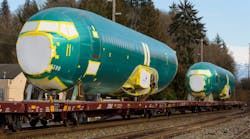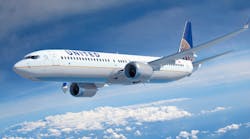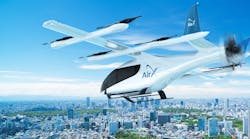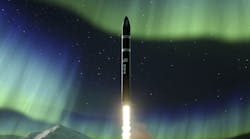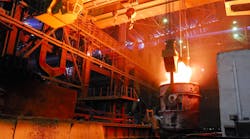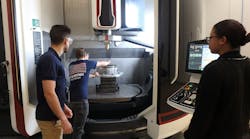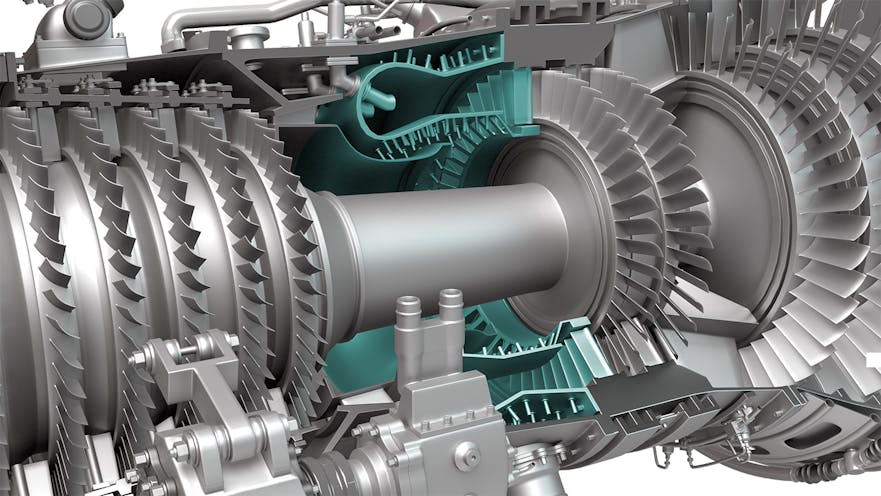NASA Aeronautics tapped Pratt & Whitney to develop jet-engine technologies that would cut fuel consumption and reduce emissions for passenger aircraft, as part of the agency’s Sustainable Flight National Partnership, announced earlier this year. P&W’s project will seek to demonstrate the compatibility of sustainable aviation fuels (SAFs) with advanced combustors for small core engines.
Sustainable aviation fuels are produced from waste oils from biological sources (e.g., cooking oil, other non-palm waste oils from plants, agricultural residue, or non-fossil CO2), or solid waste from homes or businesses (e.g., packaging, paper, textiles, food waste.)
Currently, aviation industry regulations set that the maximum allowable blend for commercial operations at no more than 50% of SAF.
NASA’s Sustainable Flight National Partnership is a portfolio of eight industrial research projects to support the aviation industry’s goal to achieve significant CO2 emissions reductions by 2050. One of these, the Hybrid Thermally Efficient Core (HyTEC) project assigned to Pratt & Whitney, is focused on accelerating and demonstrating turbine engine technologies in a high-power-density core.
This is the second phase of HyTEC research, and it’s planned to run from 2024 to 2027.
Pratt & Whitney plans to demonstrate a technology-infused engine core comprised of a high-pressure compressor, high-pressure turbine, and combustor, drawing on the progress from the first-generation GTF core.
Pratt detailed that it would demonstrate the compatibility of SAFs with advanced combustors for small core engines. It will develop and test the fuel and air mixers for optimal efficiency, and then measure the emissions and noise emitted using Jet A fuel and high blends of SAF.
“Aviation is moving toward a greener, cleaner future. Our partnership with NASA on HyTEC will allow Pratt & Whitney engineers to explore new technologies that will help make future aircraft propulsion systems even more sustainable,” stated Geoff Hunt, senior vice president, Engineering and Technology, at Pratt & Whitney.”
Hunt continued: “The use of SAF blends is increasing today to 50% and will reach 100% within a few years. This is a key pathway to achieving the industry’s goal of net zero carbon emissions by 2050. Our engine technology continues to improve in efficiency – flying further, with more power and on less fuel. This award helps Pratt & Whitney continue to ensure we develop advanced propulsion technologies that will be ready for the next-generation aircraft in the next decade.”
Last year NASA awarded Pratt & Whitney two contracts under the HyTEC project to develop technologies for a high-pressure turbine that will include new ceramic matrix composites (CMC) materials capable of operating at higher temperatures than current CMCs, environmental barrier coatings, and advanced cooling and aerodynamic approaches that will enable new component designs and efficiencies.

